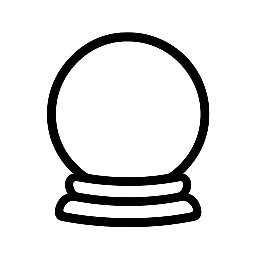Understanding the Tarot Suits and Court Cards
Tarot cards have been used for centuries as a tool for self-discovery, introspection, and guidance. The deck is comprised of 78 cards, each with its own unique symbolism, imagery, and meaning. At the heart of the tarot deck are the suits and court cards, which provide a framework for understanding the complexities of human experience. In this article, we’ll delve into the world of tarot suits and court cards, exploring their significance and how they can be used to gain insight into our lives.
The Four Suits
The tarot deck is divided into four suits, each representing a different aspect of human experience:
- Wands (or Rods): Representing creativity, passion, and energy, the suit of Wands is associated with the fire element and the spark of inspiration. Wands are linked to the realm of ideas, innovation, and adventure.
- Cups: Symbolizing emotions, relationships, and intuition, the suit of Cups is connected to the water element and the world of feelings. Cups are tied to the realm of emotions, connections, and personal relationships.
- Swords: Representing thoughts, communication, and logic, the suit of Swords is associated with the air element and the realm of mental clarity. Swords are linked to the world of ideas, mental discipline, and decision-making.
- Pentacles (or Coins): Embodying material possessions, practicality, and physical reality, the suit of Pentacles is connected to the earth element and the world of tangible things. Pentacles are tied to the realm of finances, career, and physical well-being.
The Court Cards
Each suit contains four court cards, which represent different aspects of human personality and experience:
- Page: The Page is a messenger, representing new ideas, curiosity, and a desire for learning. Pages are often seen as the embodiment of innocence and a fresh perspective.
- Knight: The Knight is a symbol of action, adventure, and taking risks. Knights are associated with courage, passion, and a willingness to pursue their desires.
- Queen: The Queen represents nurturing, compassion, and wisdom. Queens are linked to the feminine principle, embodying qualities such as empathy, intuition, and maternal care.
- King: The King is a symbol of authority, leadership, and responsibility. Kings are associated with the masculine principle, representing qualities such as confidence, wisdom, and strategic thinking.
Interpreting the Suits and Court Cards
When reading tarot cards, the suits and court cards can provide valuable insight into a person’s situation, personality, and potential outcomes. By understanding the symbolism and associations of each suit and court card, readers can:
- Identify areas of strength and weakness
- Understand the underlying themes and patterns in a person’s life
- Recognize opportunities for growth and development
- Develop strategies for overcoming challenges and achieving goals
For example, a reading that features a predominance of Wands may indicate a need for creativity, inspiration, and taking bold action. A reading that features several Cups may suggest a focus on emotional healing, relationships, and personal connections. A court card, such as the Queen of Pentacles, may represent a nurturing and practical approach to a situation, while the Knight of Swords may indicate a need for mental clarity and decisive action.
Conclusion
The tarot suits and court cards offer a rich and complex system for understanding human experience. By exploring the symbolism and associations of each suit and court card, readers can gain a deeper appreciation for the tarot’s ability to guide and illuminate our lives. Whether used for personal growth, self-discovery, or guidance, the tarot suits and court cards provide a powerful tool for navigating the complexities of the human journey.


Leave a Reply